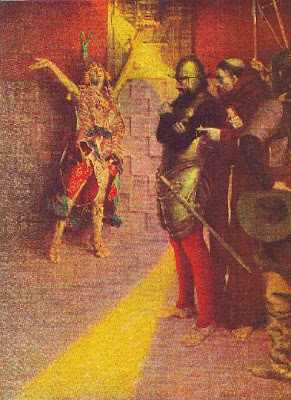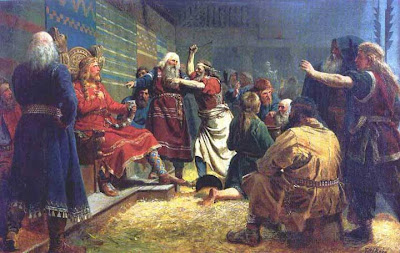Druids offering human
sacrifices by the French artist Alphonse de Neuville (1835-1885).
This book illustration was done for Guizot's History of France.
Neuville studied under Eugène Delacroix and was one of the most
famous illustrators of his time.
Consumptive chic for women???
2 days ago



















































